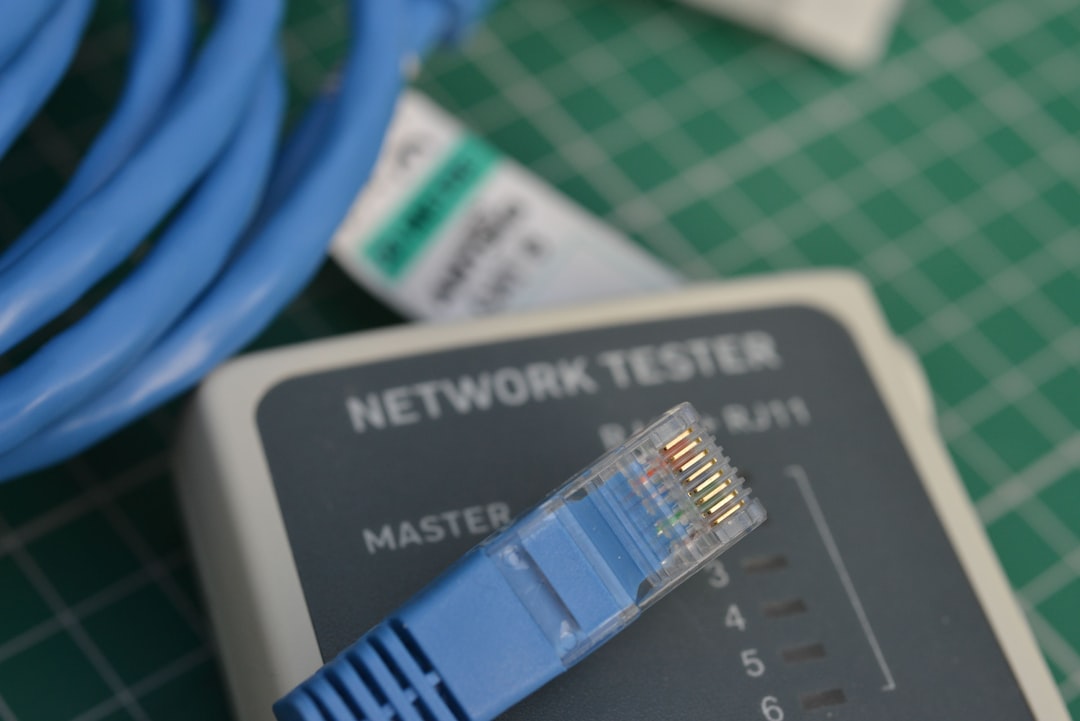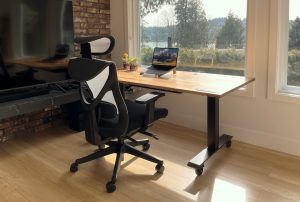
If you’re a commercial real estate professional or a property investor, there’s a high chance you’ve used LoopNet to source or display listings. With its massive audience and database of commercial properties, LoopNet stands as a key marketplace in the real estate world. However, if you’re running a WordPress website, you might be wondering how to seamlessly integrate your LoopNet listings into your own site to better attract visitors, build credibility, and increase lead generation. Fortunately, there are several strategies you can use to embed or replicate LoopNet listings. In this article, you’ll learn how to integrate LoopNet listings into your WordPress website in practical and effective ways.
Why Integrate LoopNet Listings Into Your WordPress Site?
LoopNet offers robust listing capabilities, but redirecting potential customers away from your site to view listings on LoopNet can result in a loss of traffic and missed branding opportunities. By integrating listings into your own site, you can:
- Keep users engaged on your website longer
- Create a cohesive, branded property browsing experience
- Improve SEO through added content
- Gain more control over how listings are displayed and promoted
But there’s a challenge: LoopNet doesn’t provide a plug-and-play integration tool or public API for general use. This makes integration somewhat manual — but it’s far from impossible. Here’s how you can do it.
1. Embedding Listings with iFrames
If you’re aiming for a quick and easy method, using an iFrame is often the most straightforward option. LoopNet provides a “Share” feature on their listings, which includes HTML embed codes (if available) or direct URL links. Here’s how to use this method:
- Navigate to your property listing on LoopNet.
- Click on the “Share” button or look for an “Embed” option (note: embed may not be enabled for all listings).
- Copy the iFrame or direct URL link.
- Go to your WordPress dashboard and open the page or post where you want to display the listing.
- Use the “Custom HTML” block to insert the code.
For example:
<iframe src="https://www.loopnet.com/Listing/123-Main-St-Somewhere-USA/1234567/" width="100%" height="600"></iframe>
This will visually embed the listing. However, it won’t populate your WordPress site with listing data, and will be hosted directly from LoopNet.

2. Create a Custom Listing Display Using Shortcodes and Manually Entered Data
If you’re promoting a specific set of properties — such as your own sales or leases — you can create pages in WordPress that mimic LoopNet’s layout. You’ll enter the relevant property information manually, and use custom post types or shortcodes to display them dynamically.
Here’s a simplified workflow:
- Install the Advanced Custom Fields (ACF) plugin or a similar tool.
- Create a custom post type called “Listings.”
- Add custom fields: price, square footage, address, images, property type, lease terms, etc.
- Create a listing archive and single template using a page builder or custom PHP code.
- Duplicate your LoopNet listing data into each WordPress listing post (manually or via CSV import).
This method allows users to view your listings without ever leaving your site and gives you the flexibility to style them however you wish.
3. Sync LoopNet Listings via RSS Feeds (Where Applicable)
Although not widely advertised, some brokers have access to RSS feed capabilities through their LoopNet Pro accounts or internal brokerage tools. If your LoopNet account includes this feature, you can:
- Locate or request your RSS feed of active listings.
- Use a WordPress RSS plugin (e.g., WP RSS Aggregator) to pull and display those listings automatically.
- Customize display templates to match your site’s branding.
This provides a semi-automated approach, reducing the manual entry workload, though the formatting might be limited based on the feed’s content.
4. Use Real Estate WordPress Plugins with Manual Sync
There are several WordPress plugins designed to showcase real estate listings with advanced filtering, maps, and front-end submission. Examples include:
- Estatik
- WP Real Estate Pro
- Easy Property Listings
These plugins won’t automatically pull data from LoopNet, but they offer feature-rich ways to display properties. You can manually input the same data you post on LoopNet and enhance it with features such as mortgage calculators, maps, category filtering, and lead capture forms.

5. Automated Data Sync Through Third-Party Tools and APIs
For advanced users or large brokerages, full automation may be possible through third-party platforms that offer integrations between listing databases. While LoopNet does not make its public API widely accessible, some partnered data providers or custom brokers may be able to offer a solution via:
- Zapier integrations (where available)
- IDX or RETS feeds from MLS systems that cross-list to LoopNet
- Custom REST APIs or web scraping (use cautiously and legally)
This path can be technically complex and may require hiring a developer, but for agencies that manage dozens or hundreds of listings, it may be worth automating the process to keep your properties up to date.
6. Displaying PDF Brochures or External Media in Listings
If your LoopNet listing includes brochures or additional documents, consider adding those directly to your WordPress listing pages. This improves the richness of content presented to users without depending entirely on LoopNet’s ecosystem.
For example:
- Upload your marketing PDF brochures as downloadable files.
- Embed virtual video tours using YouTube or Matterport viewers.
- Add photo galleries for site plans, layouts, or location imagery.
This not only enhances your SEO value, but also provides a far more immersive experience than the constrained format on third-party platforms.
Best Practices to Consider
When integrating LoopNet listings with your WordPress website, follow these best practices:
- Stay within LoopNet’s Terms of Use — avoid scraping or unauthorized data replication.
- Keep content updated — expired or outdated listings harm credibility.
- Optimize for mobile — many users will access via phones or tablets.
- Use strong calls-to-action — guide visitors to contact agents, schedule viewings, or download brochures.

Conclusion
While LoopNet doesn’t provide seamless WordPress integration out-of-the-box, you have powerful workarounds to display listings creatively and effectively on your own site. Whether you go for simple iFrames, manually curated custom posts, automated RSS feeds, or third-party integrations, the goal remains the same: enhancing your site’s utility as a real estate marketing tool.
By housing your listings directly within your WordPress site, you retain control, increase user engagement, and strengthen your personal or brand image in the competitive real estate market. Start with one of these methods today and tailor the experience to meet your business goals.






